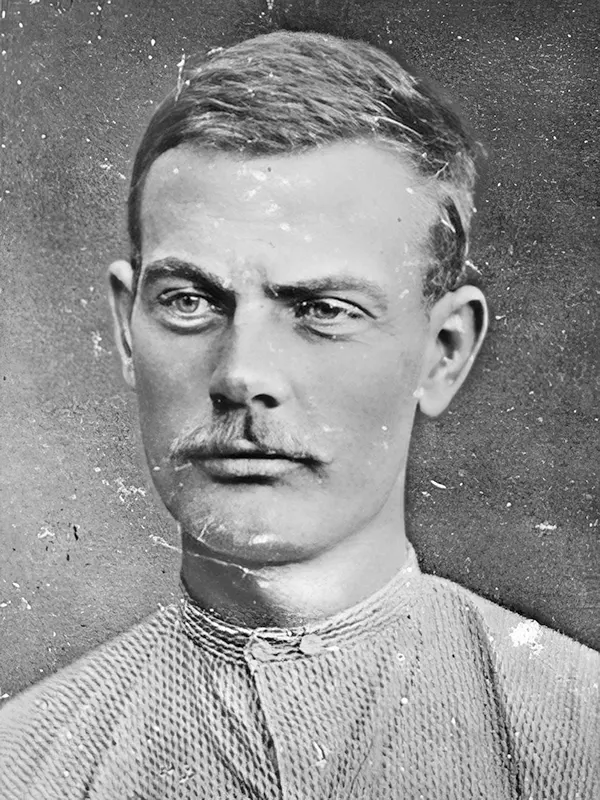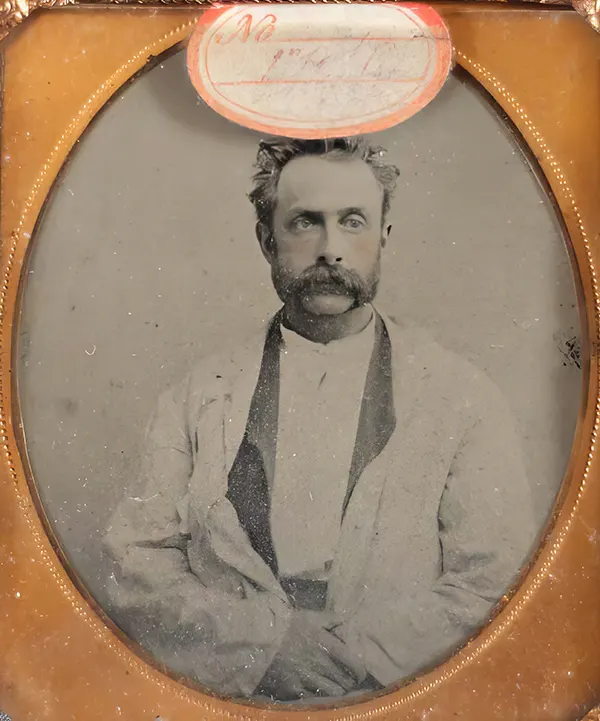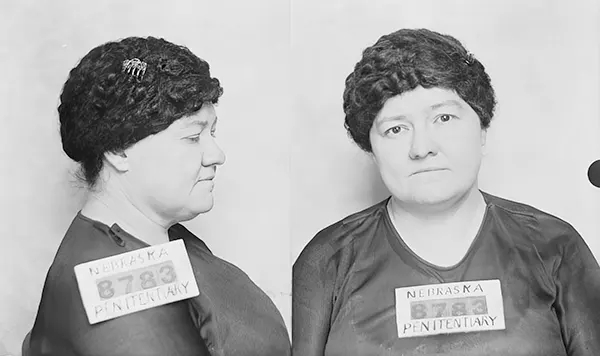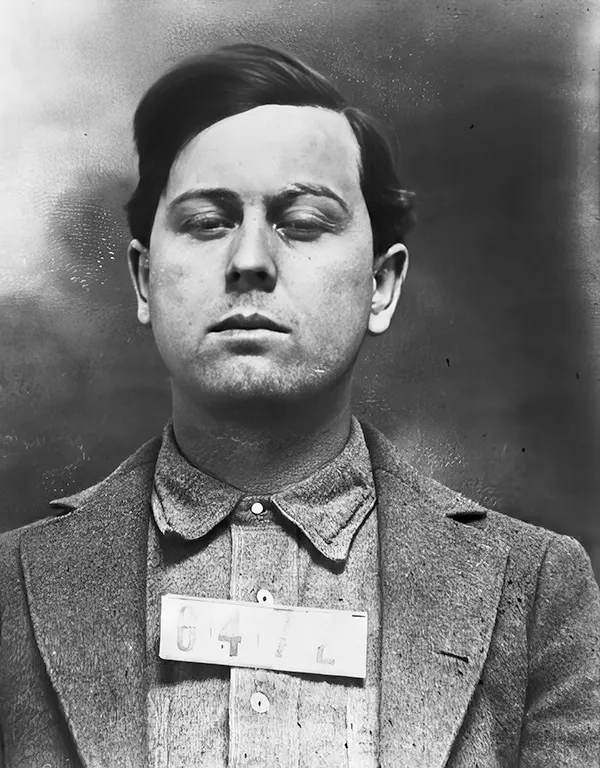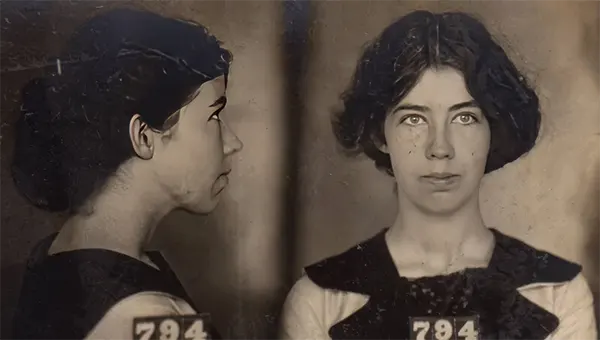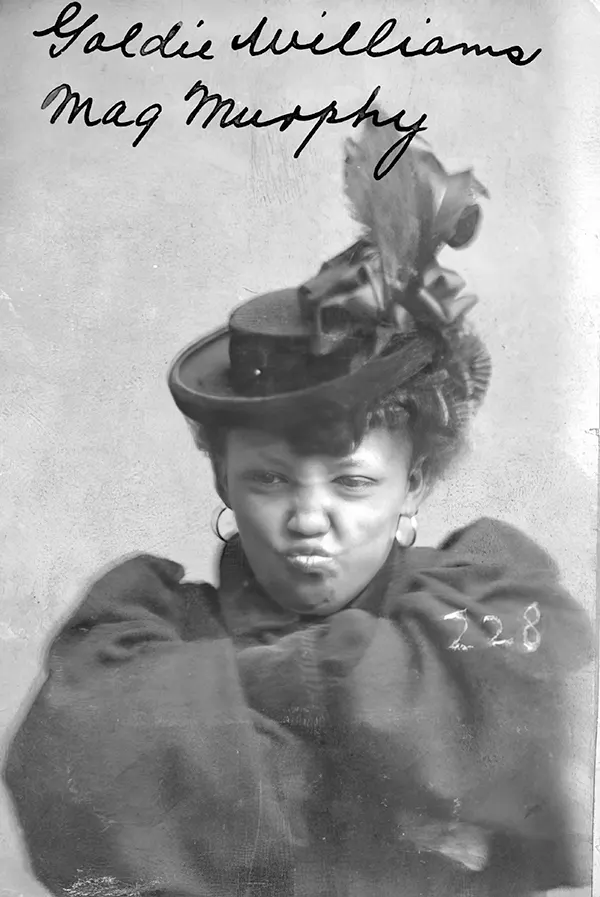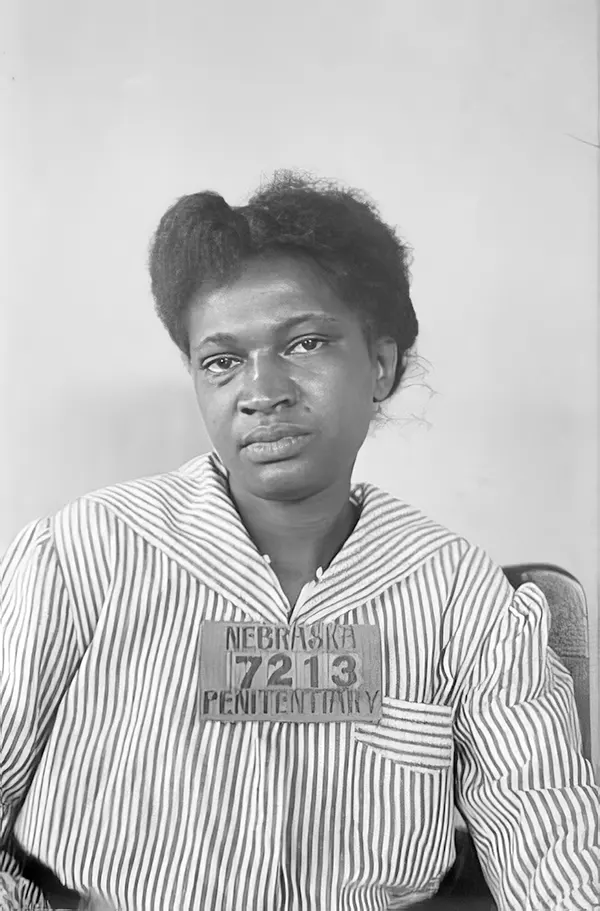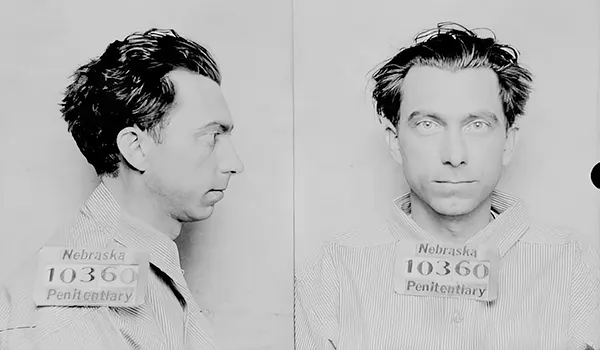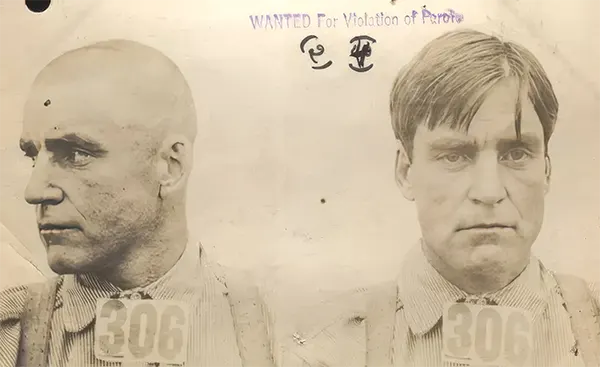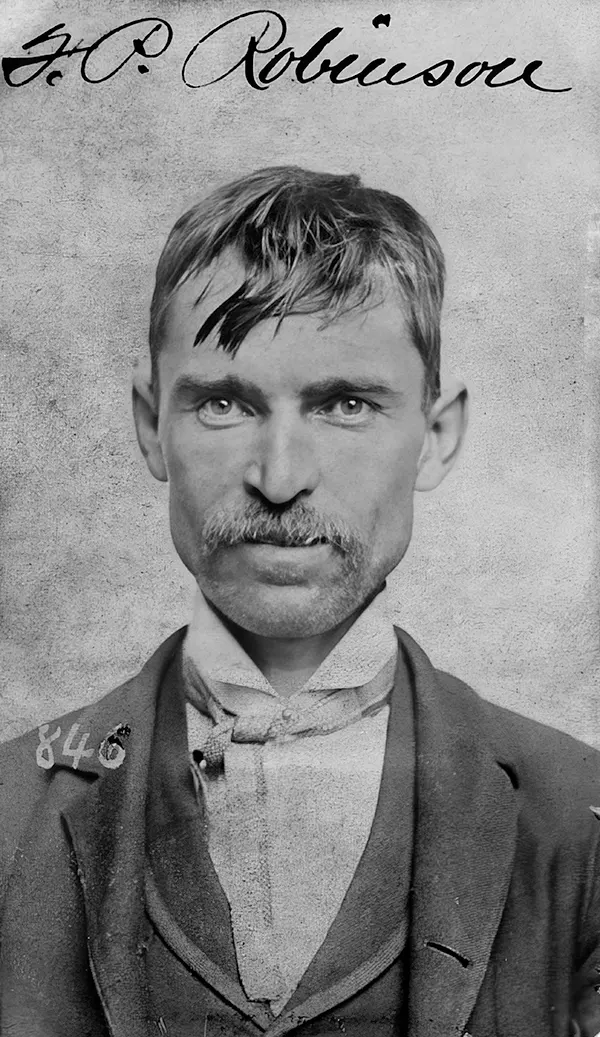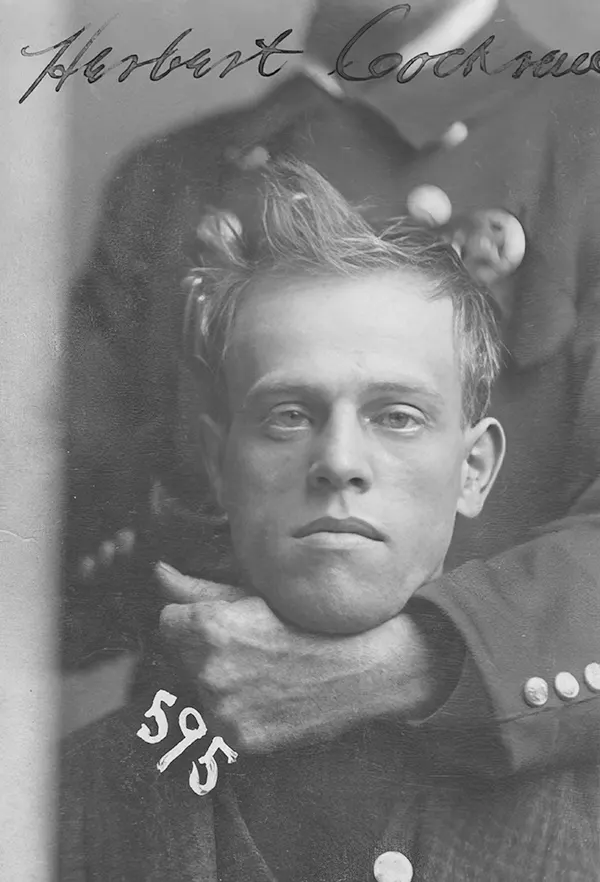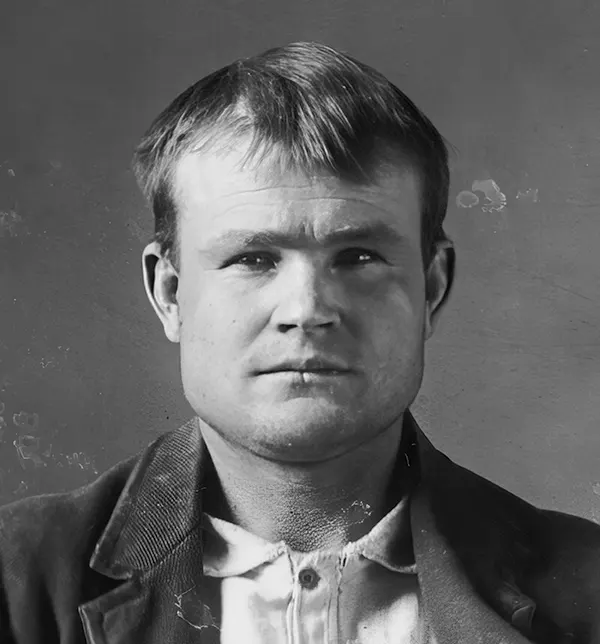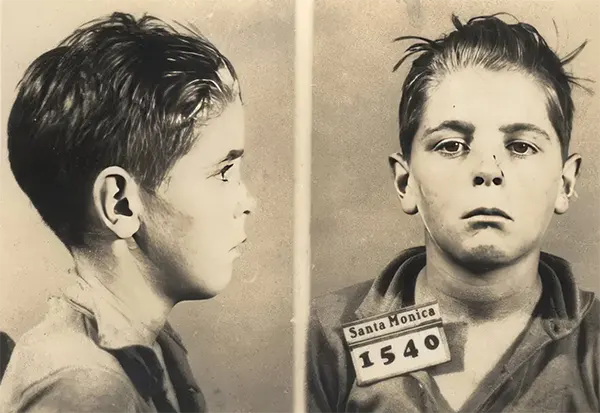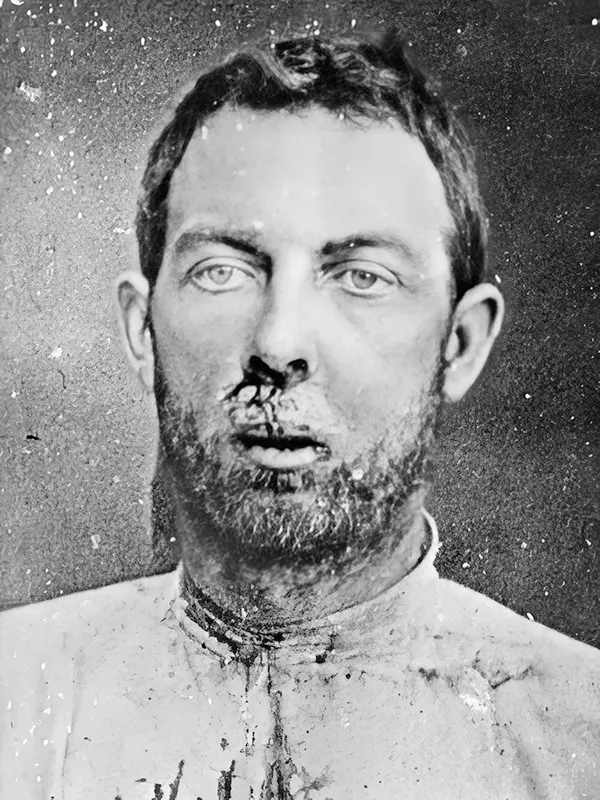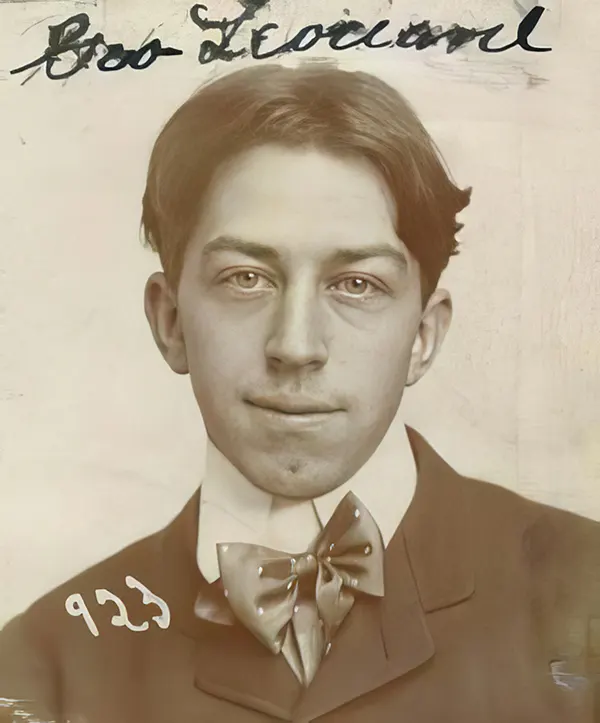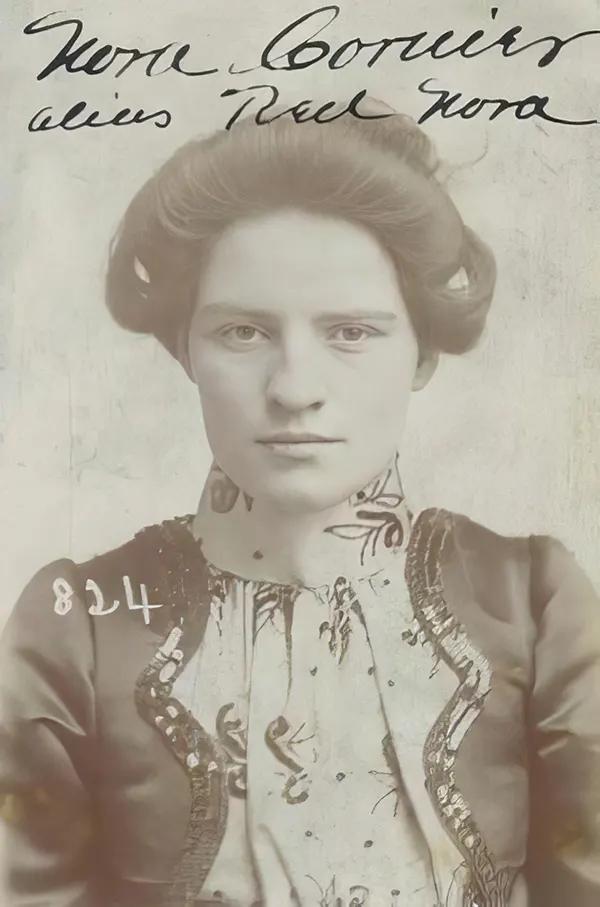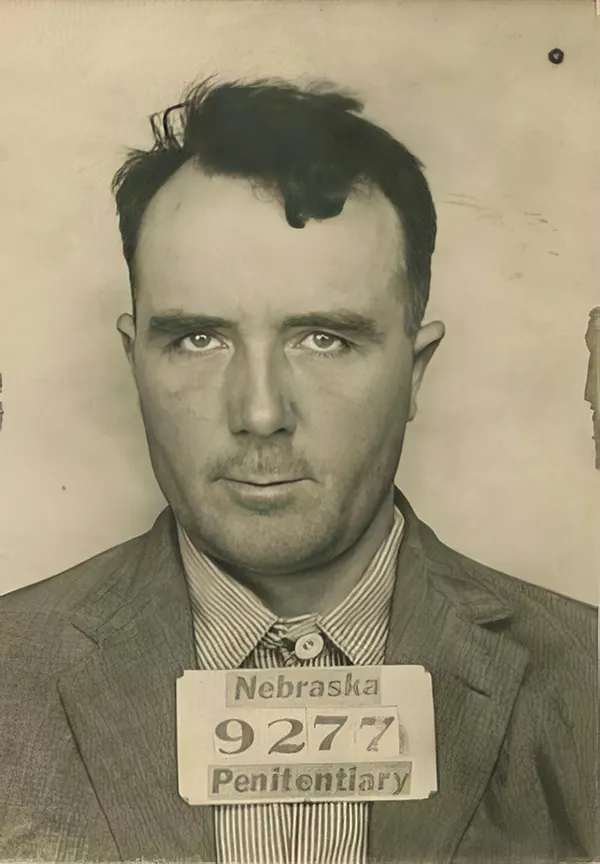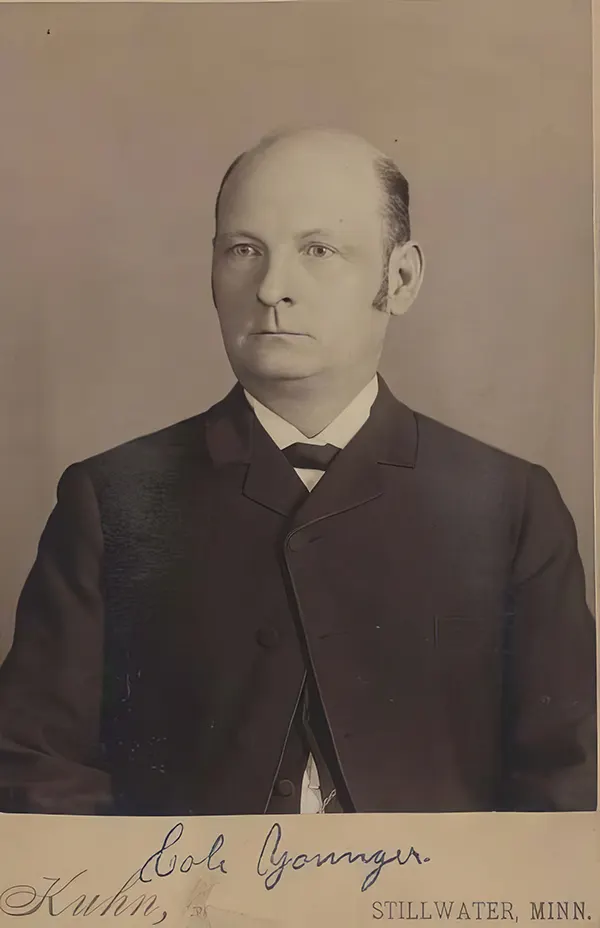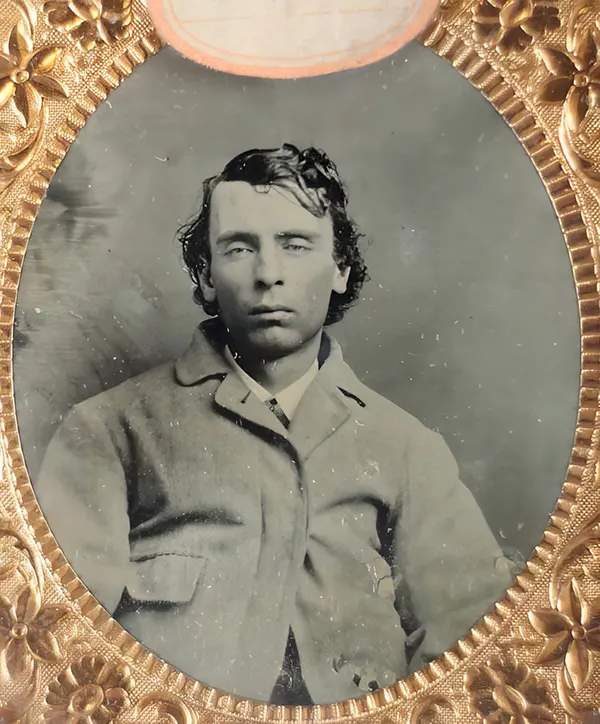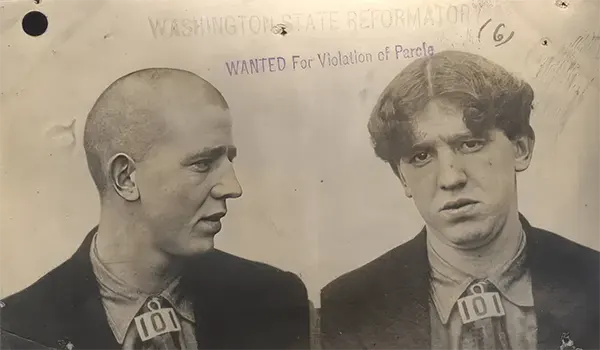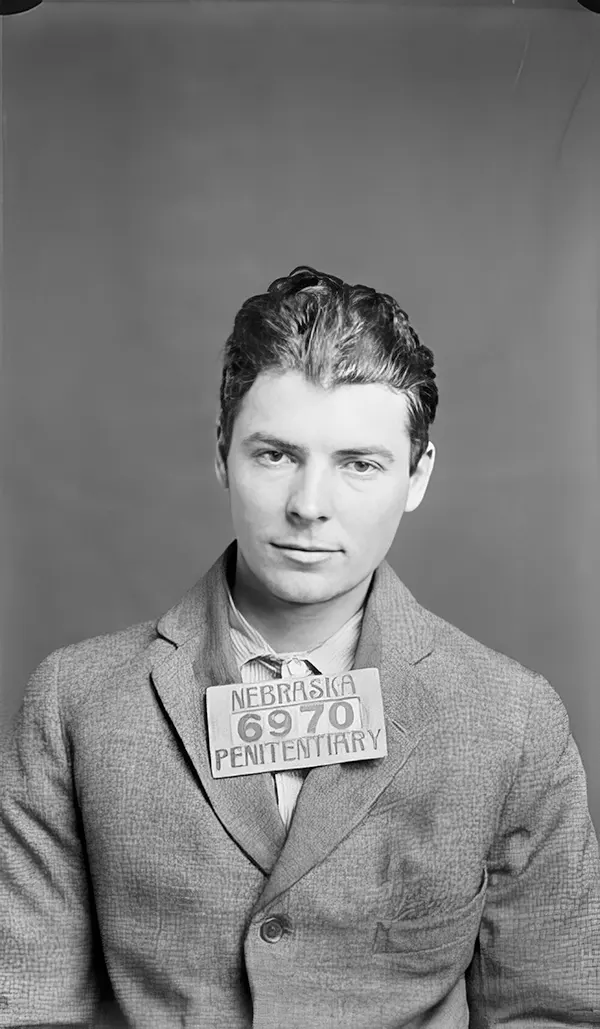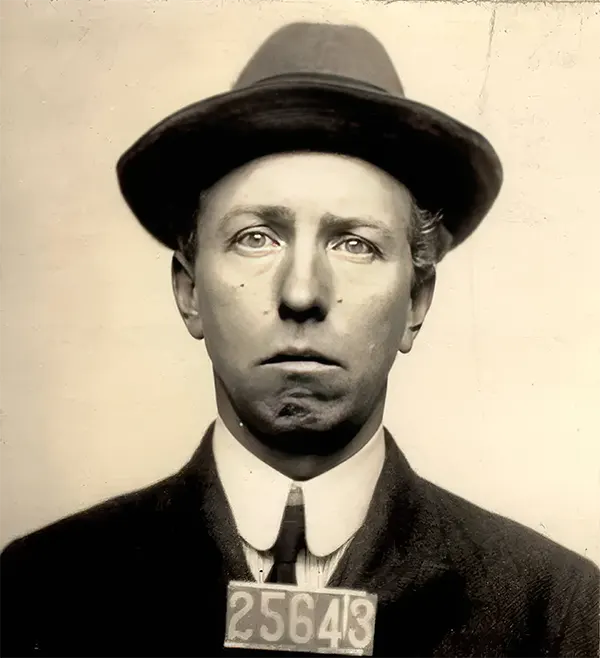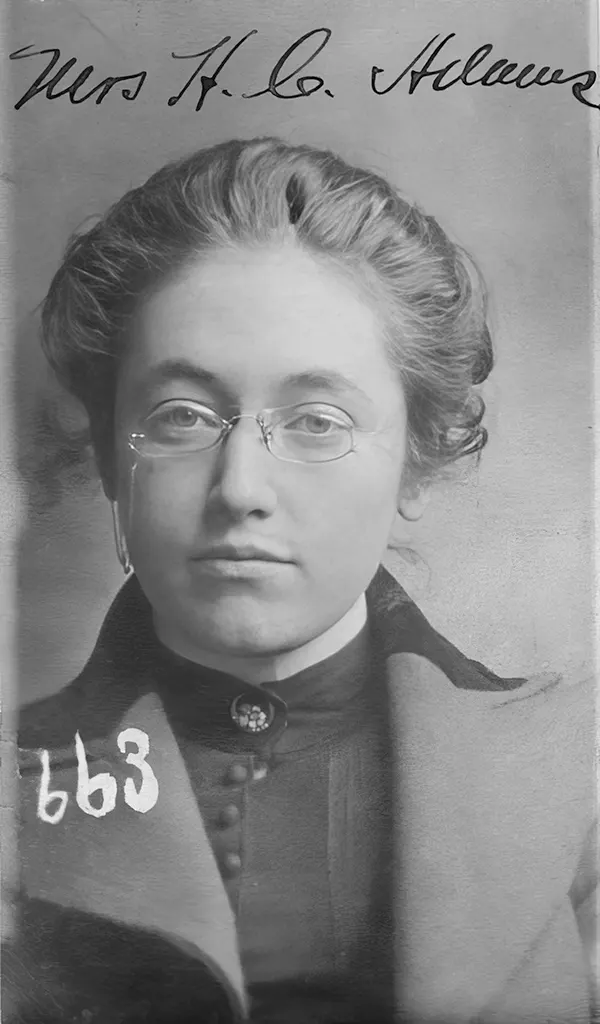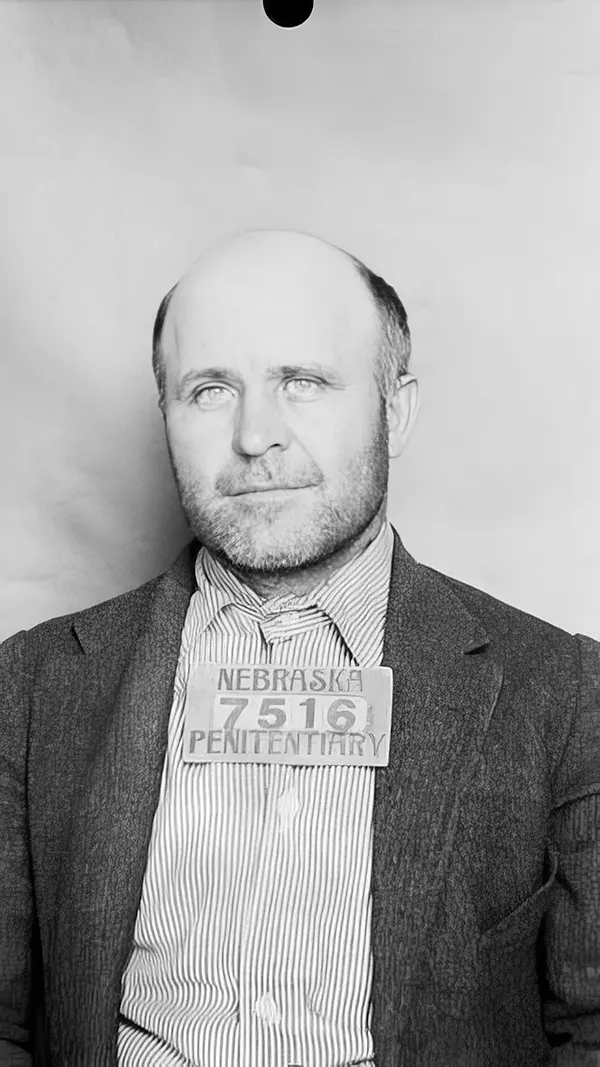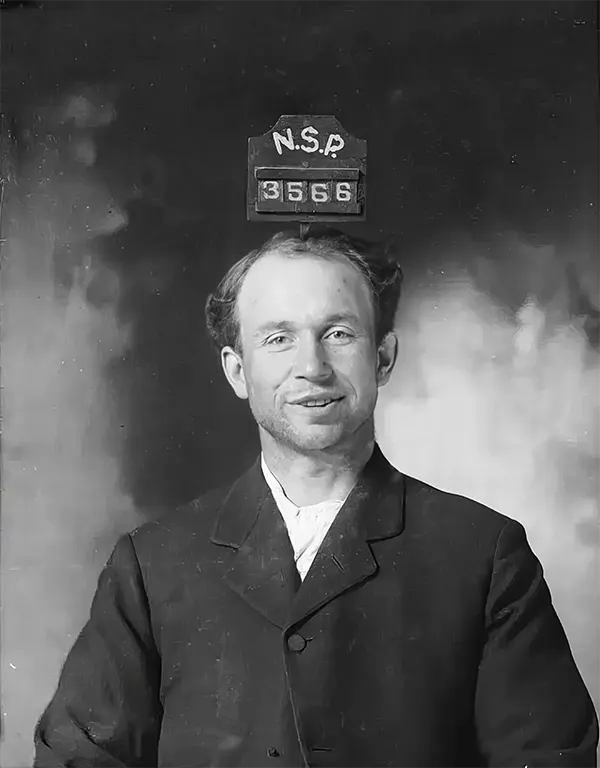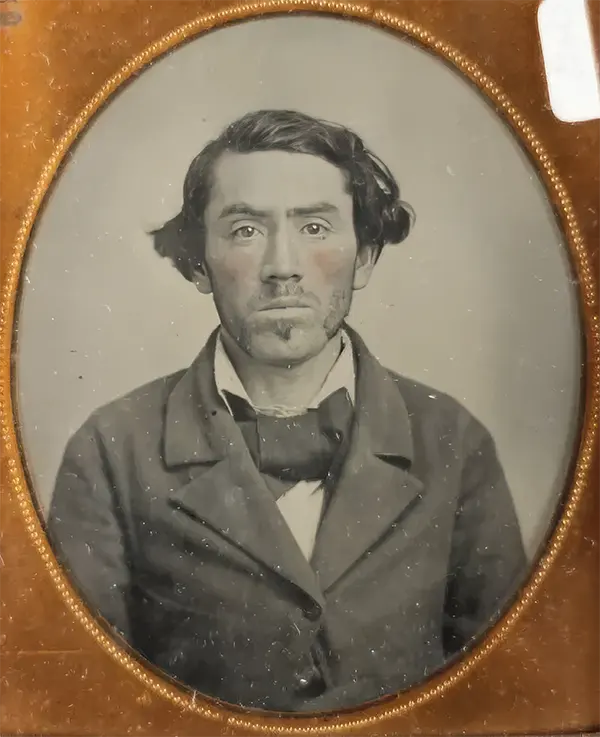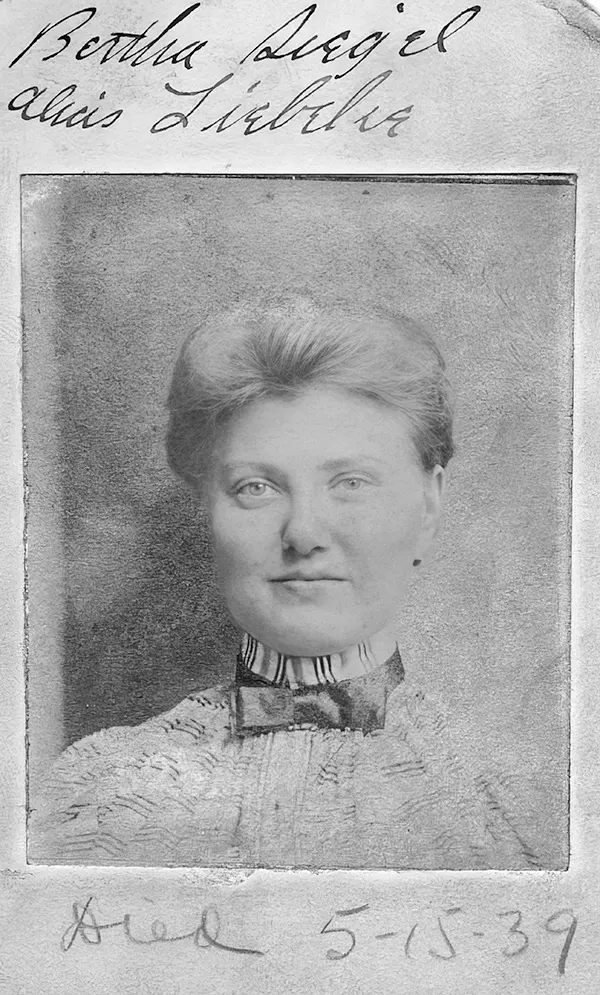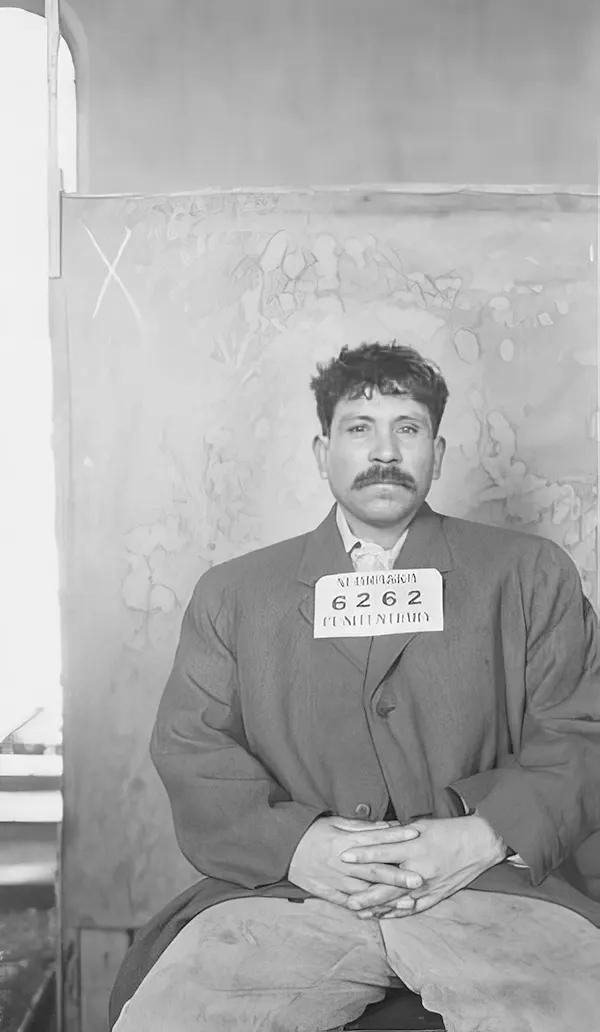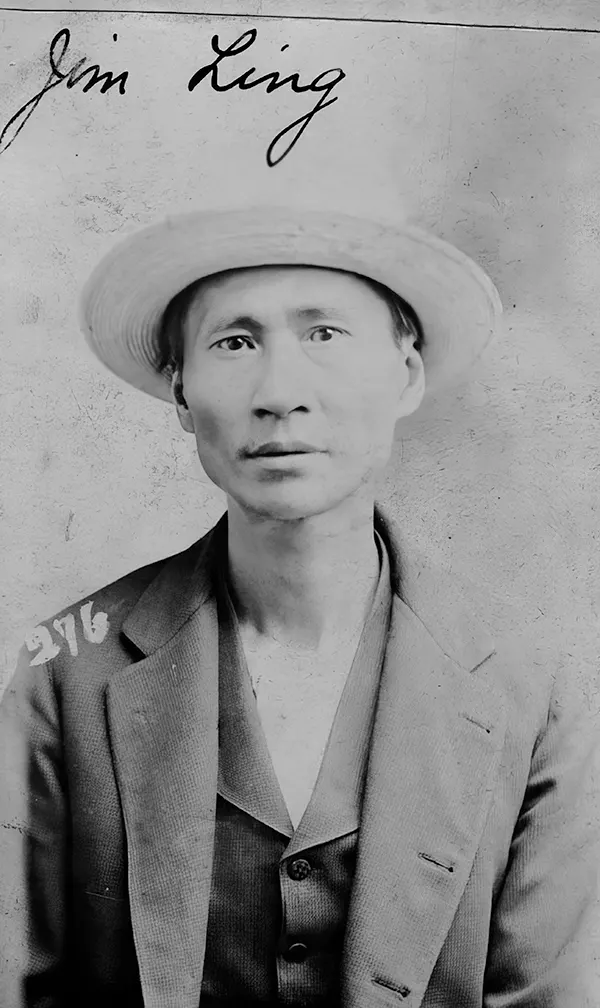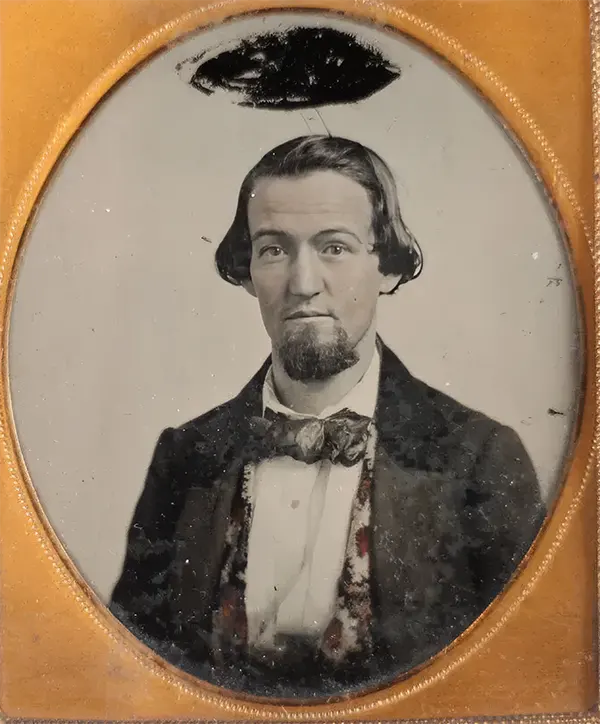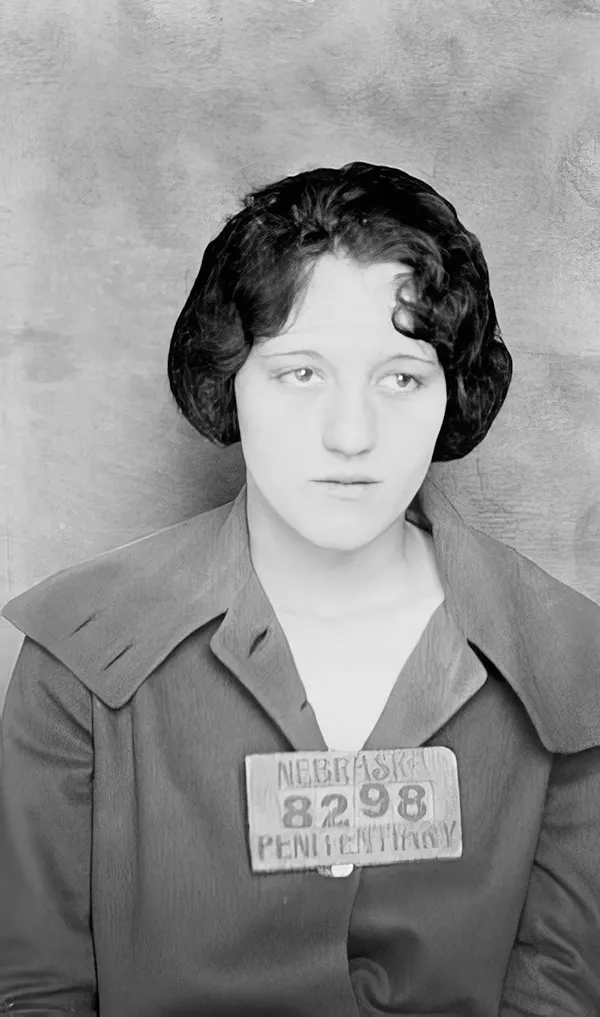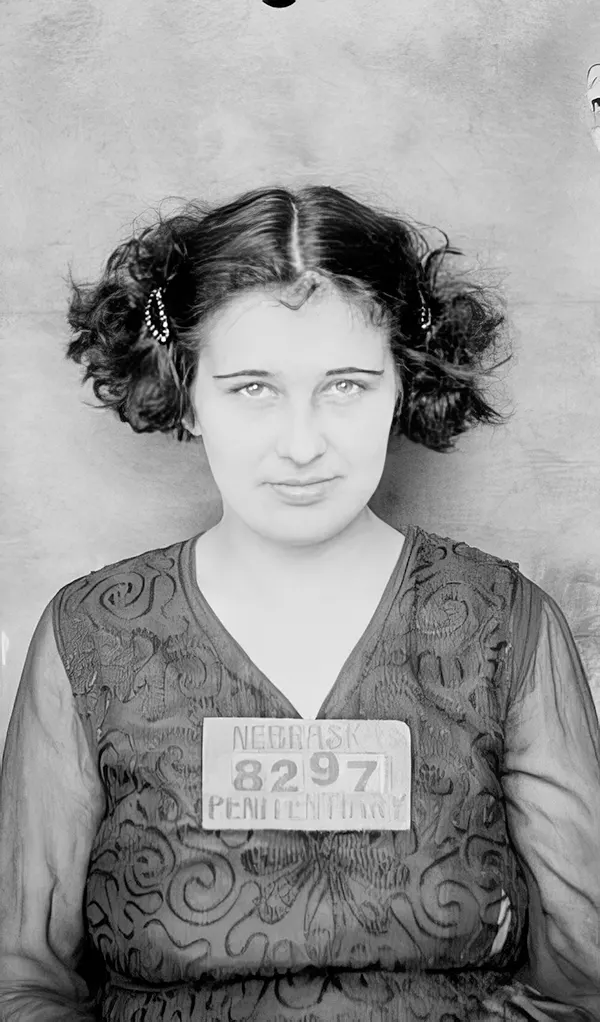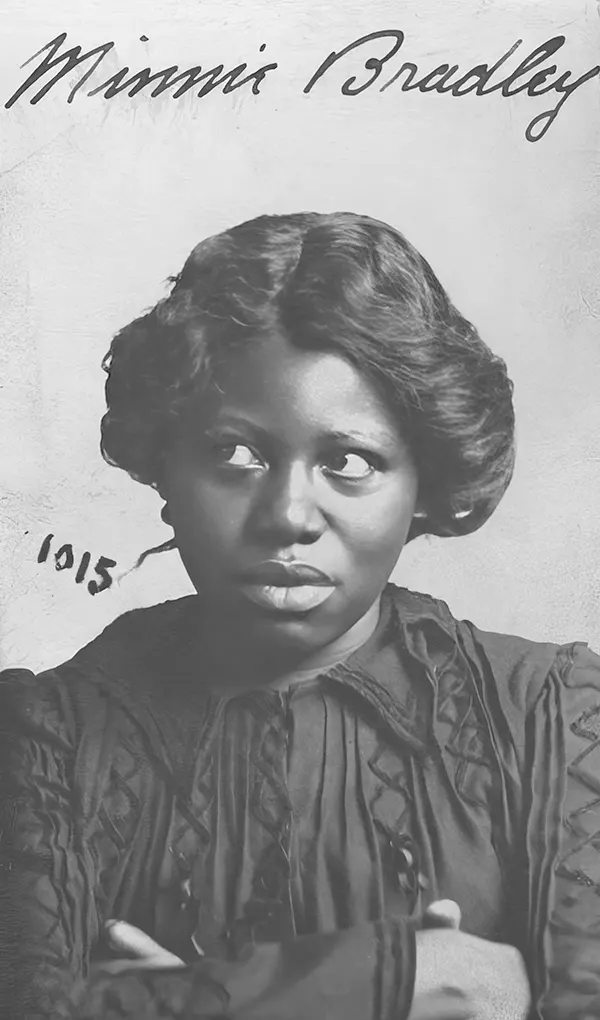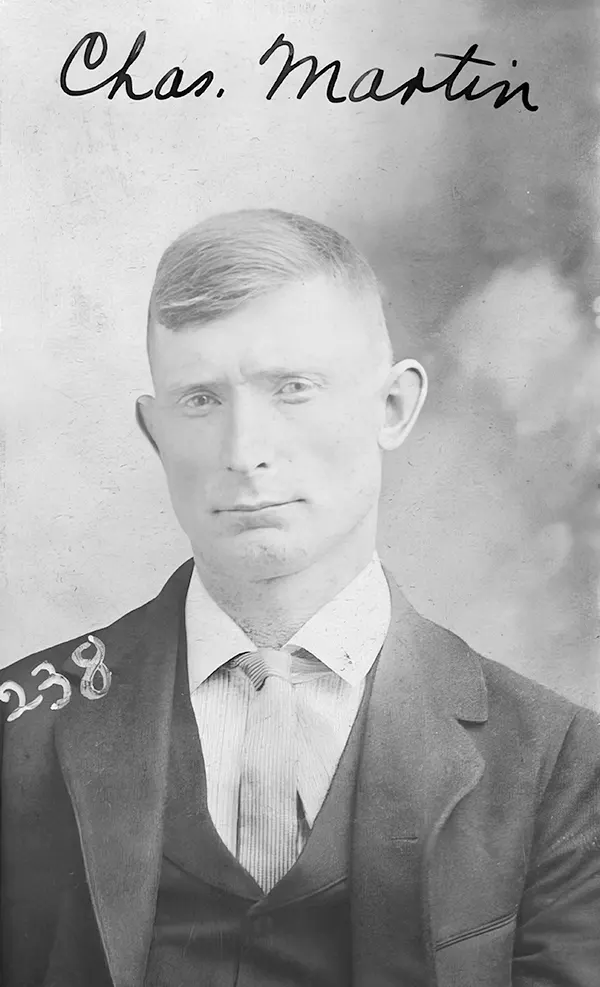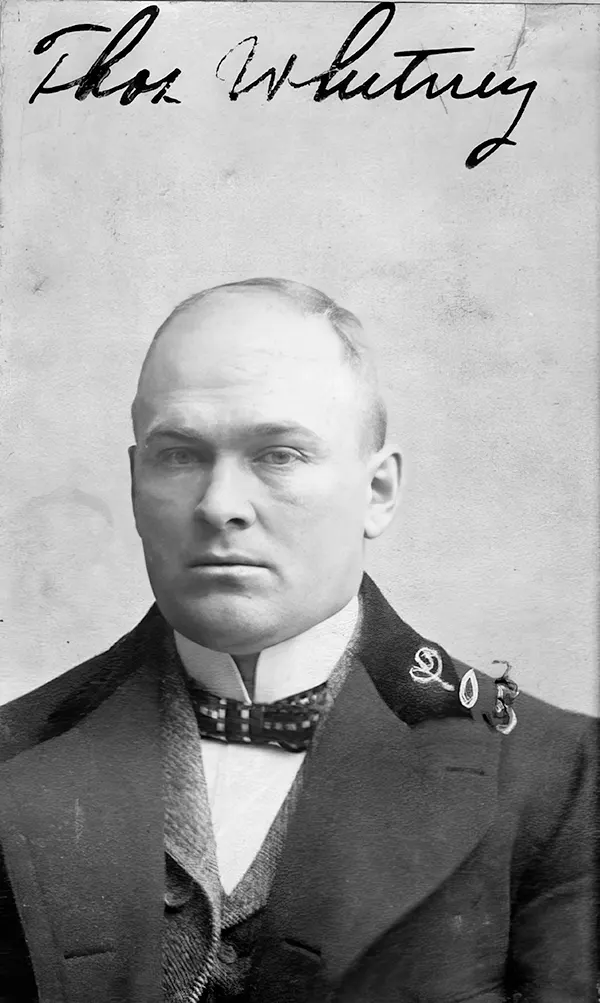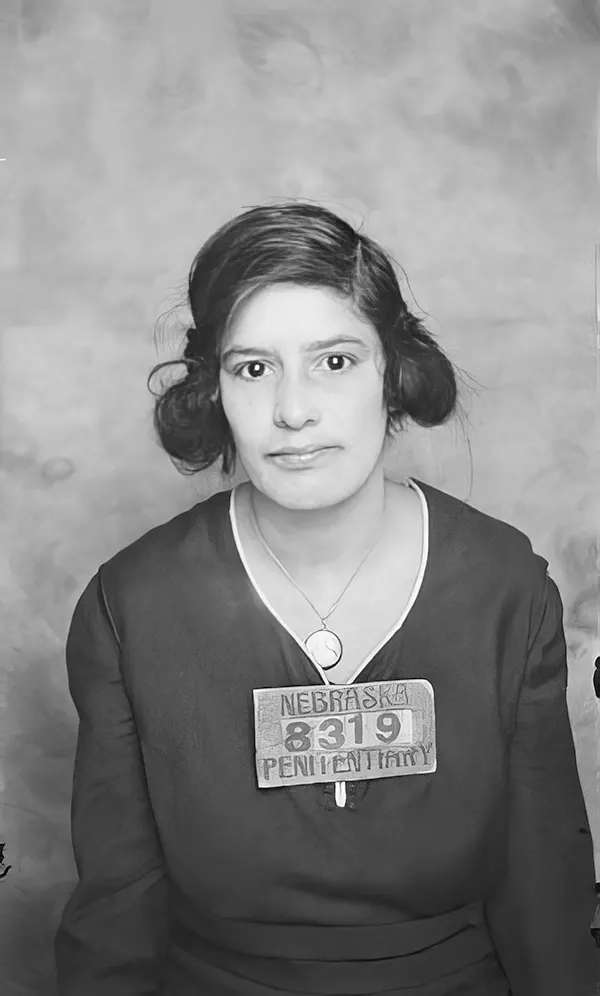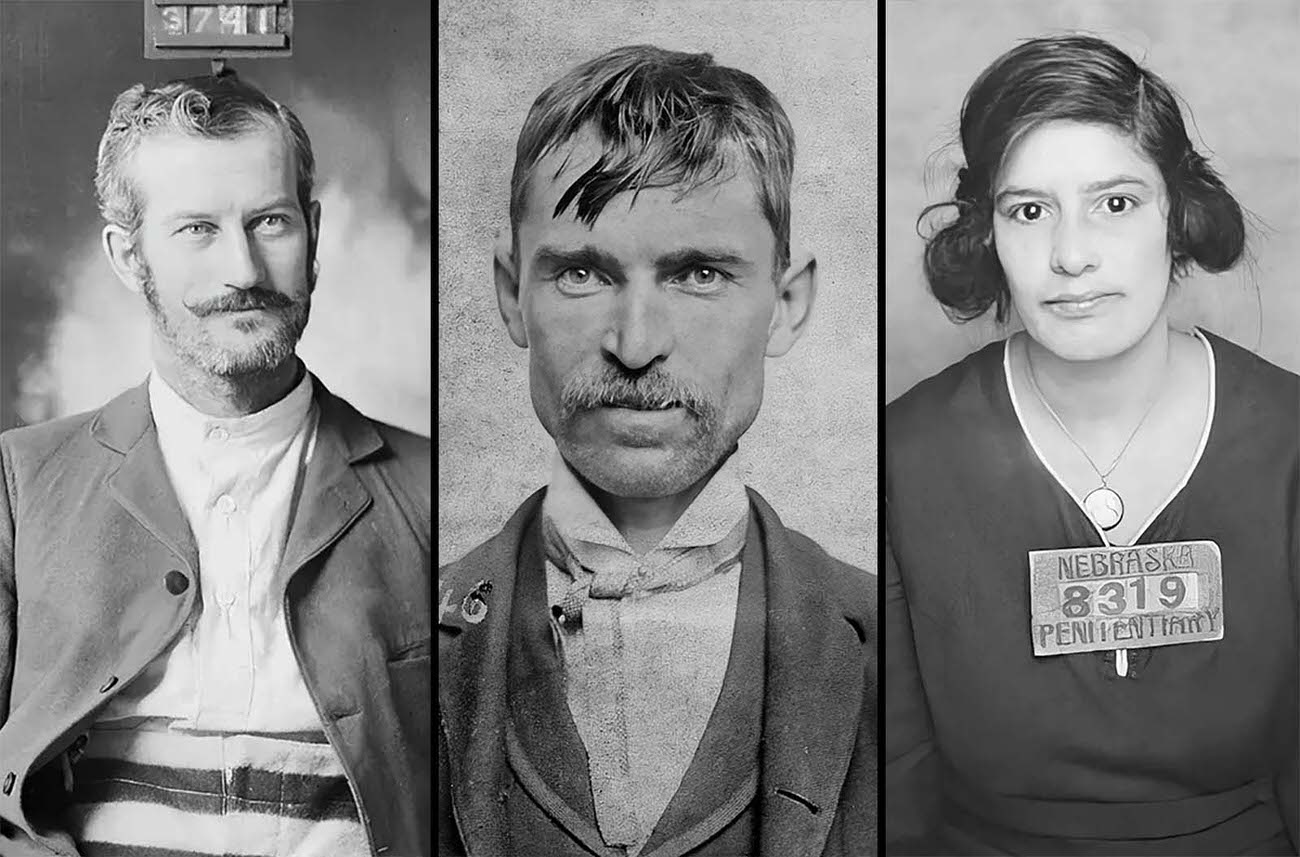The Wild West era, spanning from the 1860s to the early 1900s, was a time of legendary outlaws and rugged frontier life. This period is vividly captured in the mugshots of notorious criminals, offering a glimpse into the lives of those who defied the law. These photographs, taken in an era when law enforcement was evolving, tell stories of crime, punishment, and survival in a harsh and unforgiving land.
The Rise of Mugshots
The idea of mugshots originated in Belgium in the 1840s. Police began photographing prisoners to identify them if they reoffended. By 1857, this practice reached New York, where police displayed photos of suspects in public galleries to involve citizens in capturing criminals. By the 1860s, mugshots were common on wanted posters across America. However, early mugshots didn’t use the now-familiar front and profile views. This dual-view format was introduced in 1888 by French police officer Alphonse Bertillon, enhancing criminal identification.
The Younger Gang
One of the most infamous groups from the Wild West was the Younger Gang. This band of brothers—Cole, Bob, and Jim Younger—became notorious for their string of robberies across Missouri, Texas, and nearby states. They often targeted banks and trains, making off with substantial amounts of money. Their daring and skill in eluding capture made them legendary figures in the American frontier.
Read more
The Younger brothers eventually joined forces with Frank and Jesse James, forming the legendary James-Younger Gang. Together, they orchestrated even more audacious heists. Jesse James, the charismatic leader, penned letters to sympathetic newspaper editors, casting the gang as modern-day Robin Hoods. He claimed they robbed the rich to help the poor, which won them some public sympathy. Despite this, their criminal activities couldn’t last forever.
In September 1876, during a bank robbery in Northfield, Minnesota, their luck ran out. Faced with armed townspeople, the gang was forced to flee. While Frank and Jesse James managed to escape, the Younger brothers were captured in nearby woods after a determined posse tracked them down.
Jesse James: A Folk Hero or a Criminal?
Jesse James, a central figure in the Wild West outlaw era, remains one of America’s most famous criminals. Born in 1847 in Missouri, Jesse became a Confederate guerrilla during the Civil War. After the war, he turned to crime, leading a gang that committed numerous bank and train robberies. Jesse’s ability to evade capture for years only added to his legend.
His persona as a folk hero was bolstered by his letters to newspapers, where he defended his actions and criticized the rich and powerful. Despite his attempts to craft a Robin Hood image, the reality was that Jesse James was a ruthless criminal. His end came in 1882 when he was betrayed and shot by Robert Ford, a member of his own gang.
The Harsh Life in Frontier Prisons
Criminals of the Wild West often ended up in brutal prison conditions. One of the most infamous prisons was the Wyoming Frontier Prison, built in 1901. This facility lacked basic amenities like electricity and indoor plumbing, making life exceptionally harsh. The prison was notorious for its brutal conditions, including a torture dungeon where inmates were regularly beaten and whipped.
Life inside these prisons was grueling. Inmates endured cramped conditions, with two prisoners often confined to five-foot-wide cells. A strict no-talking policy added to their misery. These prisons housed some of the most notorious criminals in American history, reflecting the lawless and rugged nature of the frontier.
The Wyoming Frontier Prison continued its harsh practices well into the 20th century. It did not close until 1981, having housed approximately 13,500 inmates over its long history, including 11 women. This prison, like many others from the Wild West era, represents the tough justice that characterized the time.
The Evolution of Criminal Identification
The development of mugshots was a significant advancement in law enforcement. Before mugshots, identifying repeat offenders was challenging. The introduction of photography allowed police to create visual records of criminals. This practice spread quickly, and by the 1860s, mugshots were a common feature on wanted posters throughout America.
Alphonse Bertillon’s introduction of the dual-view format in 1888 marked a turning point in criminal identification. This method, showing both front and profile views, provided a more comprehensive representation of a suspect’s appearance. It became the standard format for mugshots, enhancing the ability of law enforcement to identify and capture criminals.
Infamous Outlaws Captured in Mugshots
The gallery of Wild West mugshots includes many infamous figures. Apart from the Younger brothers and Jesse James, other notorious criminals left their mark on history. These photographs provide a window into the past, capturing the faces of those who lived outside the law.
One such figure was Billy the Kid, born Henry McCarty. Billy the Kid was a gunfighter and outlaw known for his quick draw and numerous escapes from law enforcement. His life of crime began in his teens, and he became infamous for his involvement in the Lincoln County War in New Mexico. Despite his young age, he was said to have killed 21 men. Billy the Kid’s life ended in 1881 when he was shot by Sheriff Pat Garrett.
Another notable outlaw was Butch Cassidy, leader of the Wild Bunch gang. Born Robert LeRoy Parker, Butch Cassidy was known for his charismatic leadership and successful bank and train robberies. The Wild Bunch was one of the most successful outlaw gangs of the time, operating across several states. Butch Cassidy’s story, along with his partner, the Sundance Kid, ended in Bolivia, where they were reportedly killed in a shootout with local authorities.
The introduction and evolution of mugshots had a profound impact on law enforcement practices. Before photography, descriptions of criminals relied on written reports and sketches, which were often inaccurate. Mugshots provided a reliable visual record, making it easier to track and identify criminals.
By the late 1800s, mugshots were an essential tool for police departments. They were used not only to identify repeat offenders but also to create wanted posters that were distributed widely. This practice helped law enforcement agencies share information and collaborate more effectively in the pursuit of criminals.
The development of a standardized format for mugshots, including the front and profile views, further enhanced their utility. This method became a crucial part of police work, allowing officers to build databases of criminal records. These records were invaluable in solving crimes and apprehending suspects.


